With Monster Hunter Wilds breaking Steam records and Resident Evil more popular than ever thanks to Village and a series of stellar remakes, it seems like Capcom can do no wrong. Yet, less than a decade ago, after a string of critical and commercial flops, Capcom was struggling. The company had lost its direction and its audience.
Capcom was grappling with an identity crisis. Resident Evil, which had defined the survival horror genre, had drifted from its roots after Resident Evil 4. Similarly, Street Fighter was reeling from the disappointment of Street Fighter 5. It looked like the end might be near for Capcom and its beloved franchises.
However, a turnaround was on the horizon. A shift in Capcom's development strategy, coupled with the introduction of a powerful new game engine, breathed new life into these iconic series. This reinvention sparked a period of critical and financial success that propelled Capcom back to the forefront of the gaming industry.
Resident Evil Lost Its Way

2016 was a challenging year for Capcom. The major Resident Evil release, Umbrella Corps, an online co-op shooter, was met with harsh criticism from both reviewers and fans. Meanwhile, Street Fighter 5 left many fans bewildered, questioning how such a lackluster sequel could follow the acclaimed Street Fighter 4. Additionally, Dead Rising 4, featuring the return of beloved character Frank West, marked the end of the series' new releases.
These setbacks were part of a broader trend of underwhelming years for Capcom since 2010. The mainline Resident Evil games saw declining critical reception despite solid sales. Street Fighter struggled with a poorly received new installment, and other key franchises like Devil May Cry were absent. Although Monster Hunter was thriving in Japan, it faced challenges in penetrating international markets.
"Many of us started feeling that what the fans and players wanted from the series was getting a little bit separate from what we were making," Capcom developers admitted. This sentiment was a far cry from the Capcom we see today. Since 2017, Capcom has been on a remarkable winning streak, releasing critically acclaimed titles such as Monster Hunter World, Devil May Cry 5, Street Fighter 6, and a series of top-notch remakes along with the successful soft reboot of the Resident Evil series. Capcom's recent success is not just a result of learning from past mistakes but a complete overhaul of its strategy, from targeting specific players to adopting new technology.
IGN sat down with four of Capcom's leading creatives to explore how the company managed to recover and thrive after its struggles. Founded in 1979, Capcom initially made electronic game machines and rose to prominence in the '80s and '90s with iconic 2D games like Street Fighter and Mega Man. The transition to 3D gaming with titles like Resident Evil solidified Capcom's place in the industry. Between 2000 and 2010, Capcom successfully modernized many of its classic franchises, culminating in the critically acclaimed Resident Evil 4 in 2005.
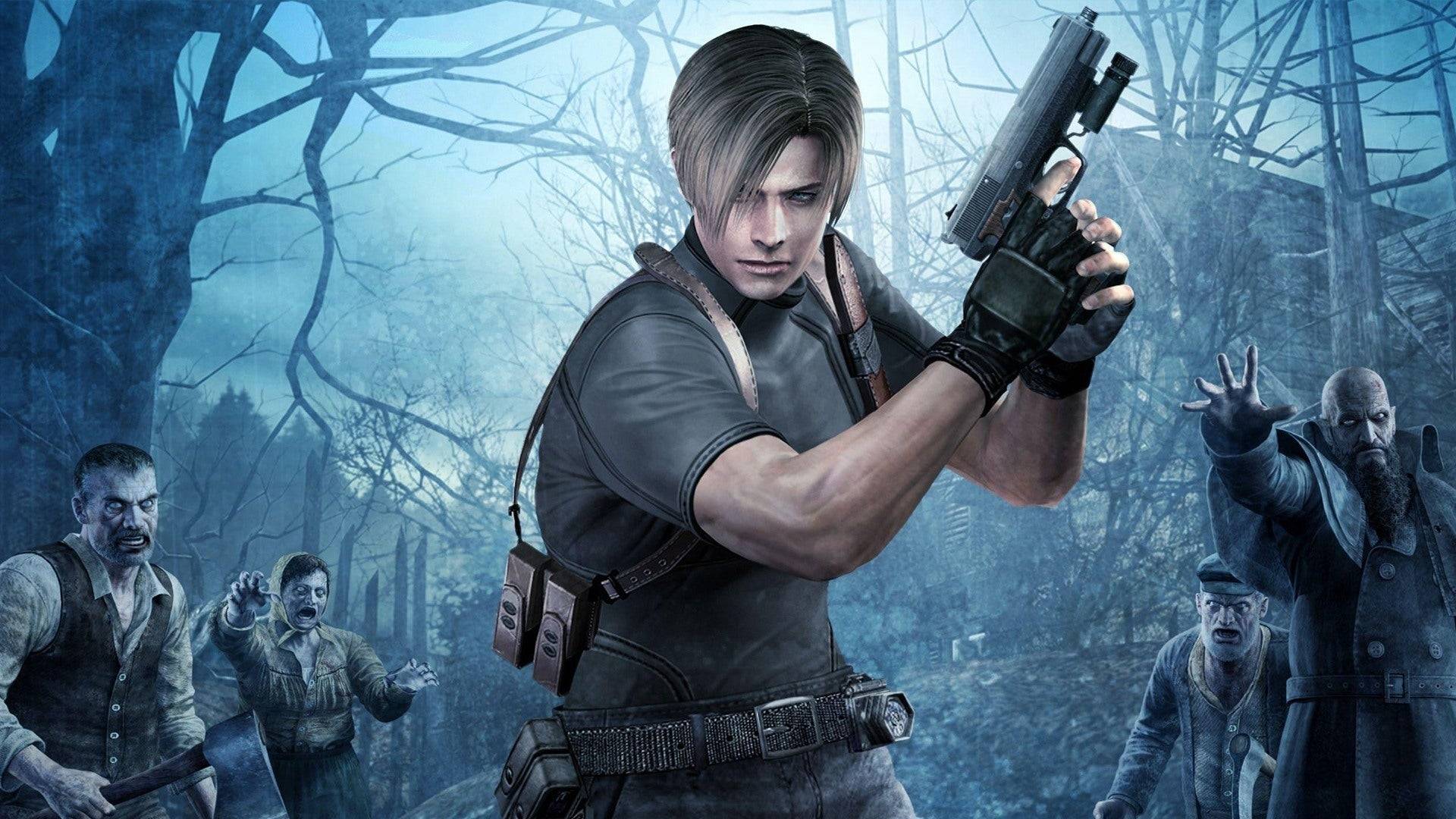
Resident Evil 4 is often hailed as a pinnacle of the series, blending horror with action seamlessly. Yet, this balance was lost in subsequent games. Resident Evil 5 shifted towards more action-oriented sequences, such as Chris Redfield punching a boulder and a car chase reminiscent of Fast and Furious. This shift away from the series' survival horror roots was noticeable to both players and developers like Resident Evil 4 remake director Yasuhiro Ampo.
"Overall throughout the Resident Evil series, we set up different goals, challenges, and things we want to try with each game… But this time, many of us started feeling that what the fans and players wanted from the series was getting a little bit separate from what we were making," Ampo explained. The confusion over the series' direction led to Resident Evil 6, which attempted to cater to both action and horror fans but ultimately satisfied neither.
Capcom's challenges extended beyond Resident Evil. Following the success of Street Fighter 4, the sequel, Street Fighter 5, disappointed with its lack of single-player content and poor online functionality. Other key franchises like Devil May Cry also struggled, with DmC: Devil May Cry outsourced to Ninja Theory and receiving mixed reactions. Capcom's efforts to capture the Western market with titles like Lost Planet and Asura's Wrath also fell short, though Dragon's Dogma emerged as a bright spot.
Street Fighter 5, The Lost Cause
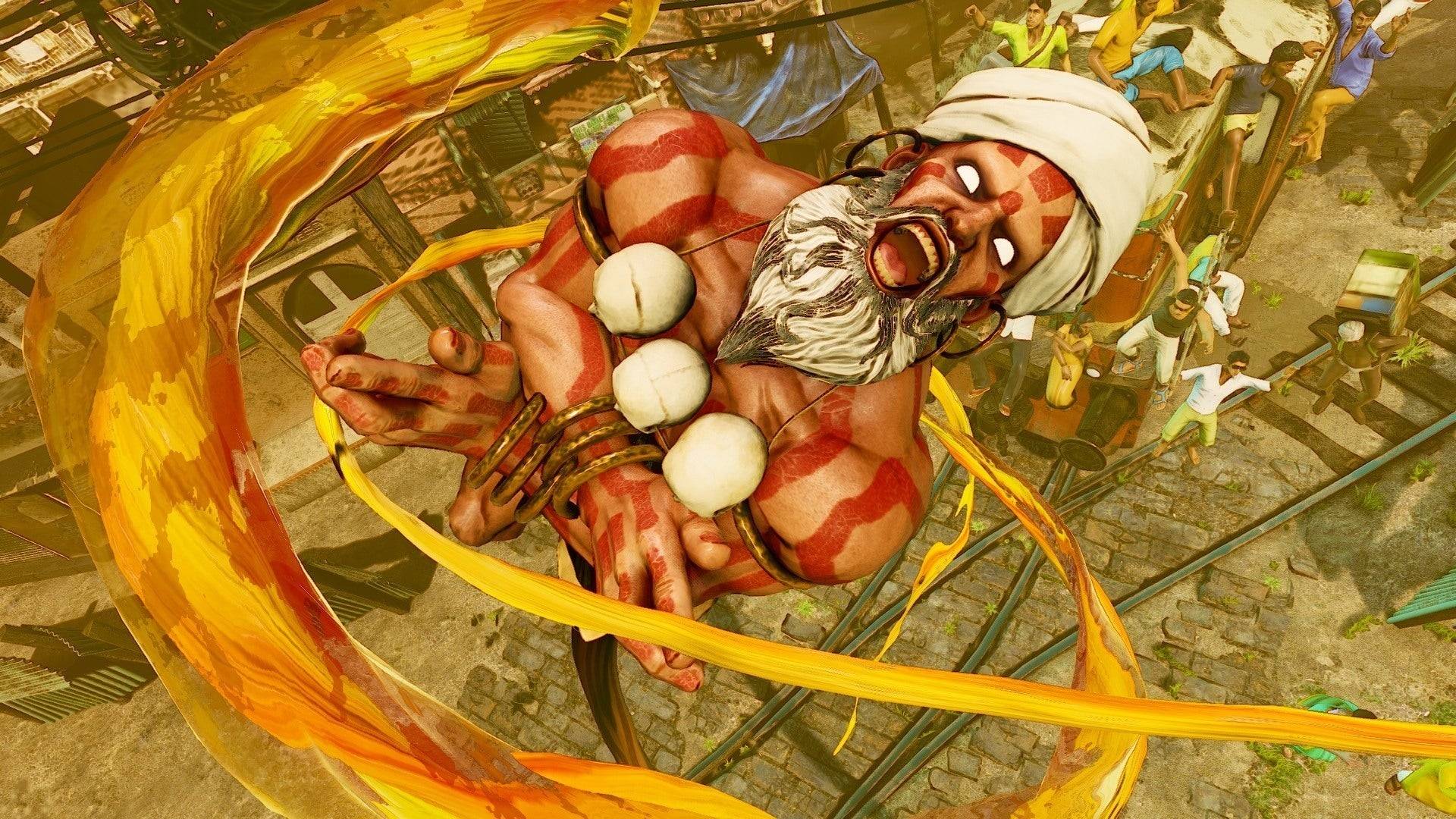
By the mid-2010s, Capcom initiated a series of strategic changes to turn its fortunes around. The first step was addressing the immediate issues, particularly with Street Fighter 5. Directors Takayuki Nakayama and producer Shuhei Matsumoto were brought in to stabilize the game.
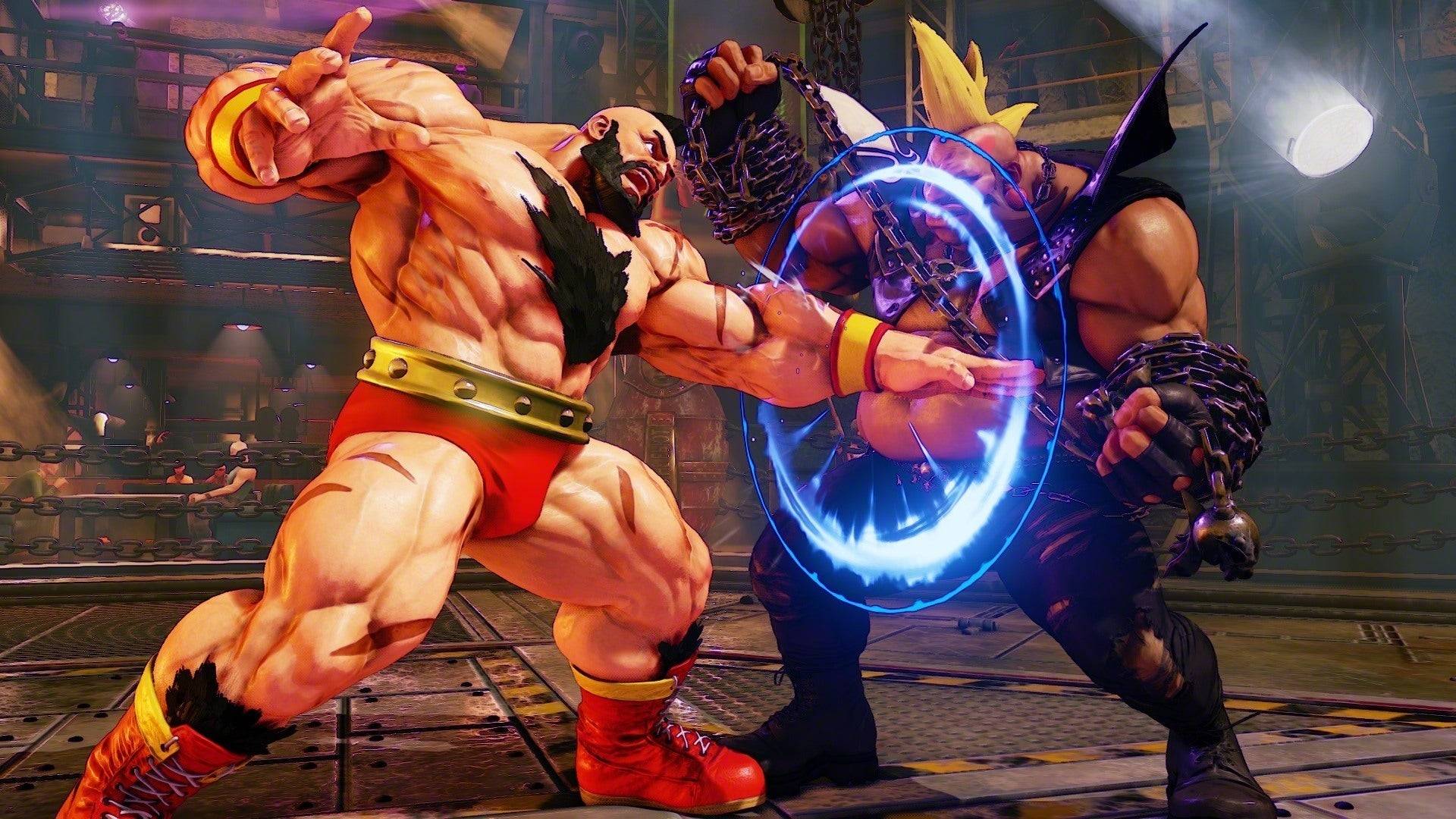
Nakayama acknowledged the challenges they faced: "There definitely were some challenges within the production of the game, and that was part of the reason why I was brought into the team." Limited by the constraints of the ongoing development, their focus was on fixing the most pressing issues and setting the stage for Street Fighter 6.
Matsumoto explained that abandoning Street Fighter 5 wasn't an option: "There wasn’t any sort of sense of like, ‘Okay let’s just end Street Fighter 5 and focus on Street Fighter 6.’ It was more like, while we were working on Street Fighter V, we were trying to figure out what we really wanted to do in Street Fighter 6 content-wise." The development of Street Fighter 5 served as a testing ground, allowing the team to experiment and refine ideas for the next game.
The goal was to rediscover the fun in fighting games, as Matsumoto noted: "We both realized that fighting games are fun, and when you get used to them, it becomes more enjoyable and something you can essentially play forever as long as you have an opponent to play against." This approach led to the critically acclaimed Street Fighter 6, which launched with a focus on both new and experienced players.
Monster Hunter Took Over The World
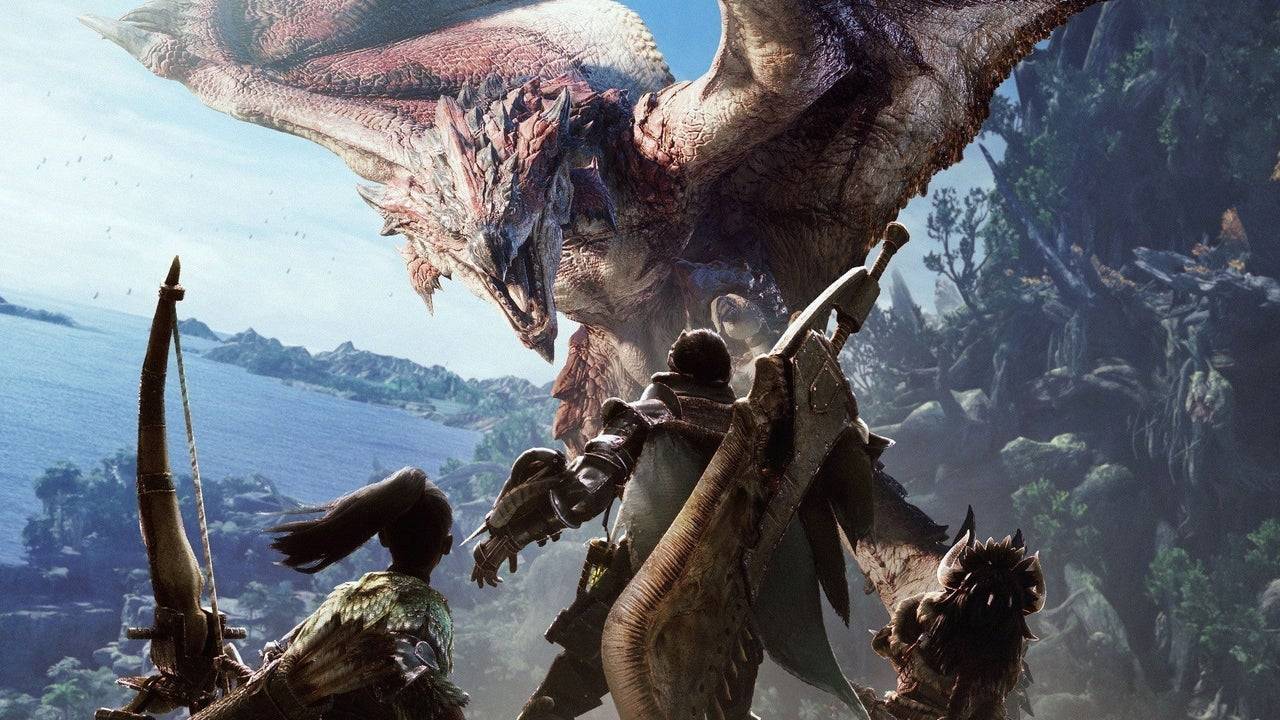
Around the time of Street Fighter 5's launch, Capcom underwent an internal reorganization to prepare for a new generation of games powered by the RE Engine, replacing the aging MT Framework. This shift was not just about tools but also about a new mandate to create games for a global audience.
Hideaki Itsuno, known for his work on Devil May Cry, highlighted the importance of this change: "The change of the engine and also all teams were given a very clear goal at that point to make games that reach the global market. [Games] that are fun for everyone." Capcom's previous focus on Western gaming trends had not paid off, leading to a strategic pivot towards universal appeal.
The turning point came with Resident Evil 7 in 2017, marking the beginning of Capcom's renaissance. Monster Hunter, though popular in Japan, struggled globally until Monster Hunter: World in 2018. This game was designed with a global audience in mind, featuring simultaneous worldwide release and no region-specific content.
Ryozo Tsujimoto, the series' executive producer, emphasized the global approach: "The fact that we called it Monster Hunter: World is really kind of a nod to the fact that we wanted to appeal to this worldwide audience that we wanted to really dig into and experience Monster Hunter for the first time." Extensive playtesting and feedback from around the world helped refine the game's systems, contributing to its massive success.
Resident Evil 7 Began Turning Things Around
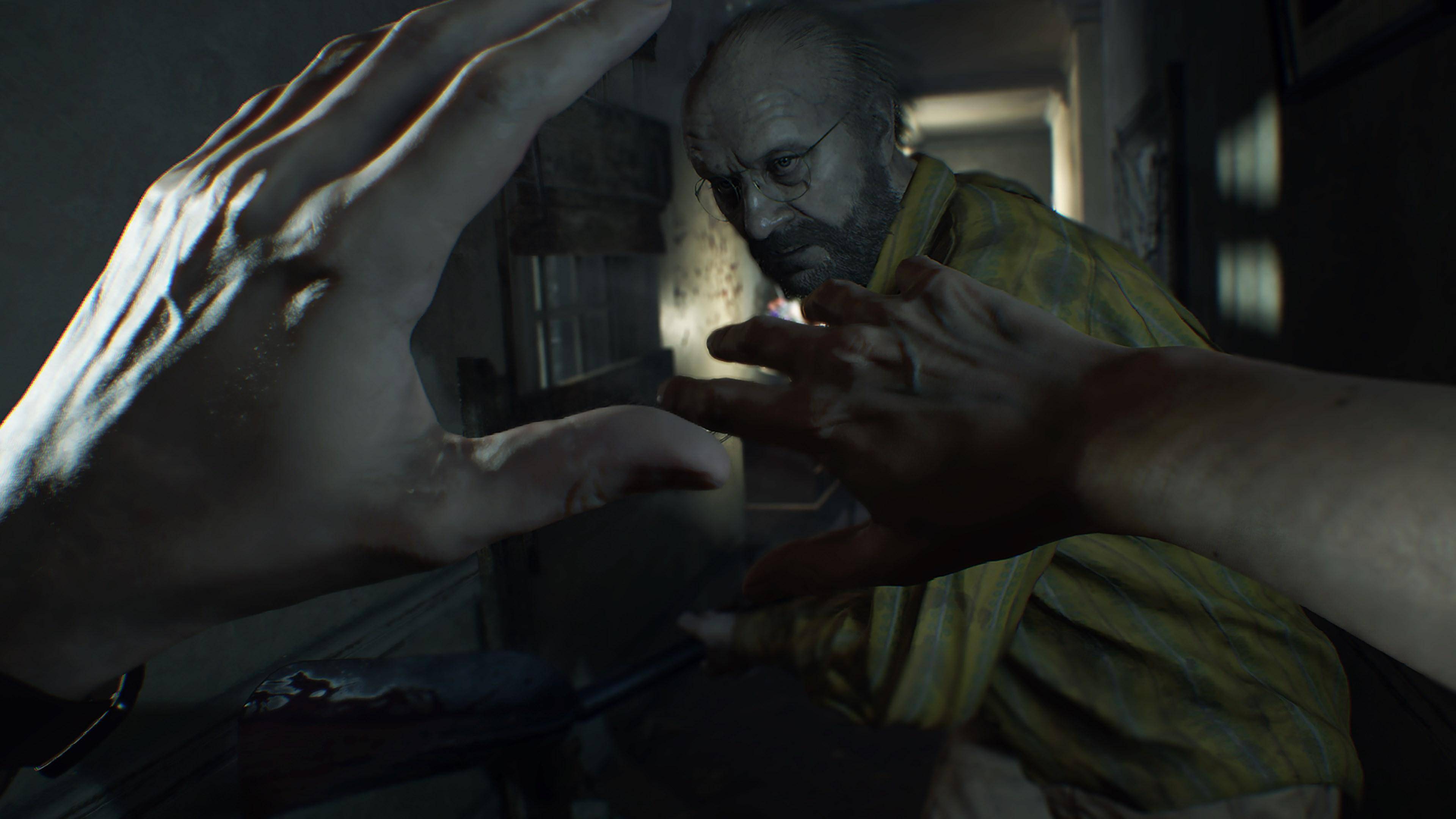
While Monster Hunter had a winning formula, Resident Evil needed to decide between its action and horror roots. Executive producer Jun Takeuchi steered the series back to survival horror with Resident Evil 7, announced at E3 2016 with a first-person perspective that brought back the series' signature scares.
"With Resident Evil 7, the executive producer, Jun Takeuchi, made it clear that we cannot underestimate how critical it is for the series for it to be scary and about survival," said Ampo. The game's success marked a return to form, setting the stage for further acclaimed titles like Resident Evil 2 and 4 remakes.
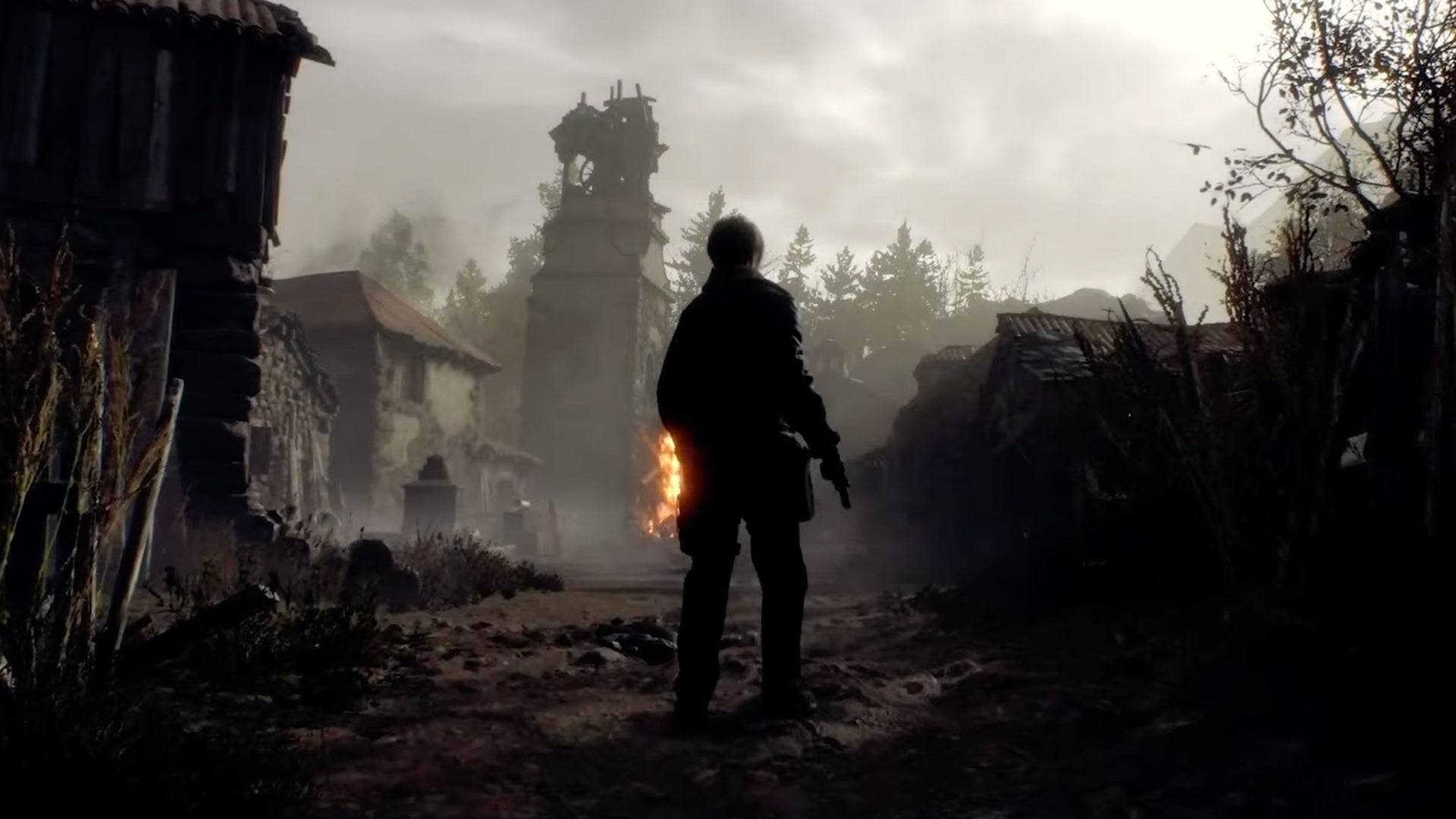
Hideaki Itsuno, returning to Devil May Cry after a decade, also embraced this new direction. With the RE Engine's advanced capabilities, Itsuno aimed to create the "coolest" action game possible, resulting in the critically and financially successful Devil May Cry 5.
The Reason Behind The Change
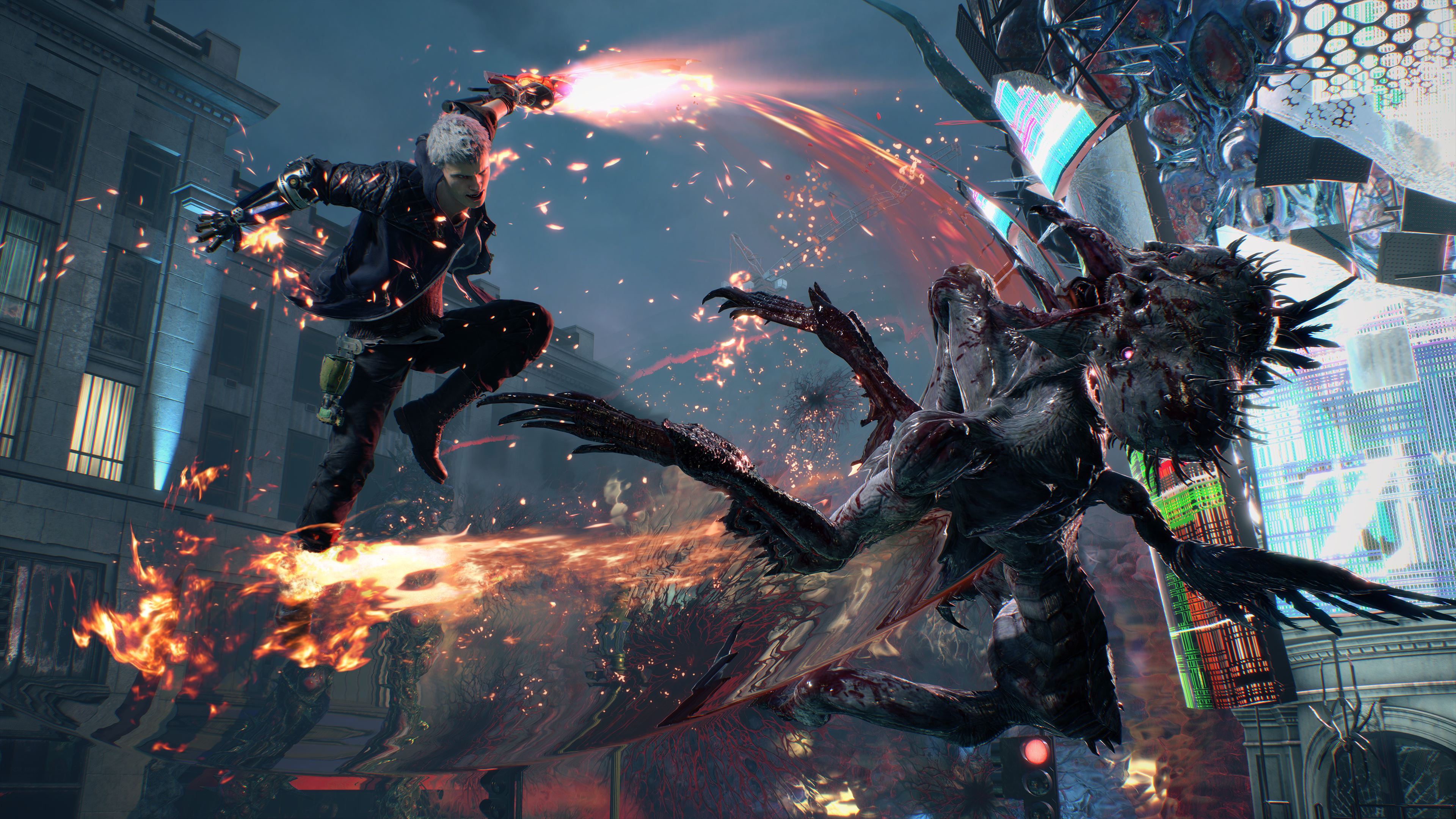
Itsuno reflected on the action genre's shift: "I felt like the main trend with action games was to make action games that were very kind. Maybe, for me, a little bit too kind to the players, lending a hand to the player too much to my liking." The RE Engine's flexibility and power allowed for rapid development and high-quality visuals, enabling Itsuno to realize his vision.
Ampo described the RE Engine's origins: "So the original concept for the RE Engine was to allow for a development environment that was less stressful and could help us to make things quicker." This engine's capabilities were instrumental in Capcom's ability to produce a diverse range of successful games.
A New Capcom Golden Age
Since 2017, Capcom has released a game of the year contender nearly every year, a remarkable feat in an industry where consistency is elusive. This success is attributed to Capcom's focus on creating globally appealing games using the technologically advanced RE Engine, allowing them to seamlessly transition between genres.
Capcom's commitment to maintaining the core identities of its franchises while expanding their audience has been key. Nakayama expressed excitement about this new era: "It’s a very exciting time to be at Capcom right now. A lot of us are able to get excited about what we’re working on and are able to focus on things that we think are fun." Tsujimoto added, "Capcom is going through a golden era, and, well, now we have to do everything we can so that this lasts one more year, one more year, and every year, one more year."
While other studios struggle to find their footing, Capcom's strategic changes over the past decade have ushered in a new golden age, showing no signs of slowing down. Capcom may have stumbled, but it has risen stronger than ever.






